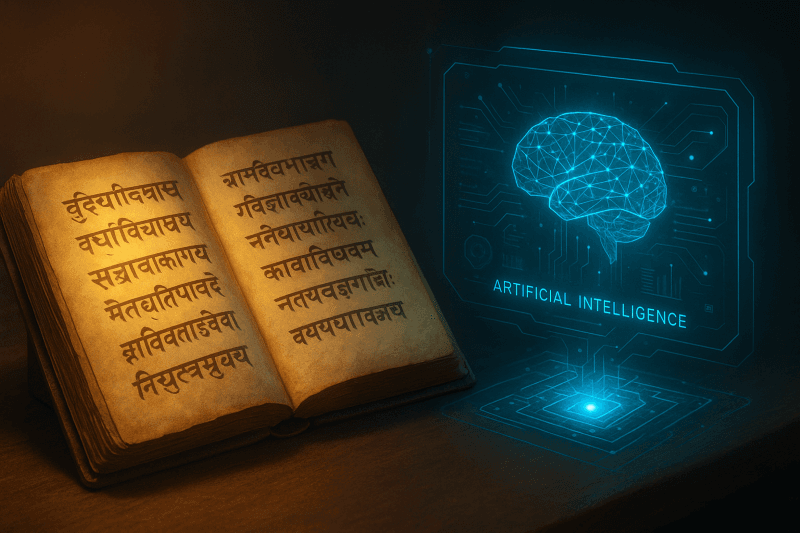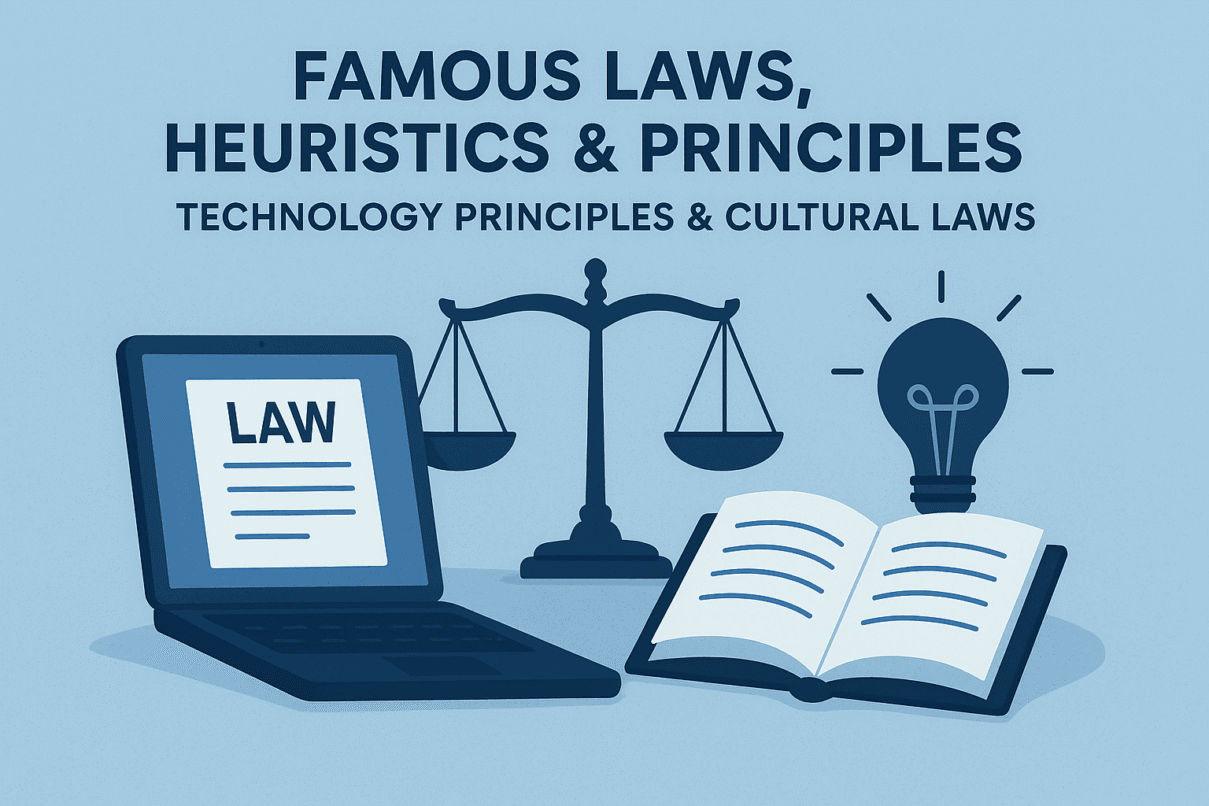Posted inInspiration & Self-Development
Beyond IQ: 7 Types of Intelligence from Ancient Indian Wisdom for Modern Success
🌸The Forgotten Dimensions of True Intelligence For centuries, the modern education system has focused almost exclusively on IQ — the measure of how quickly we solve problems, analyze data, and make logical decisions. But as we advance deeper into the AI-driven...









































